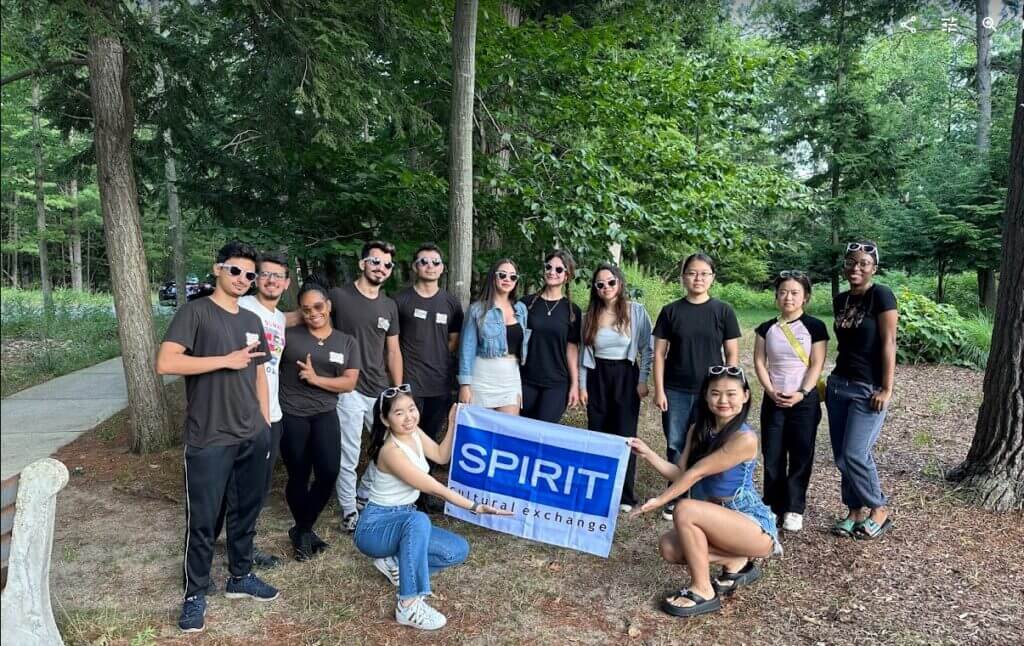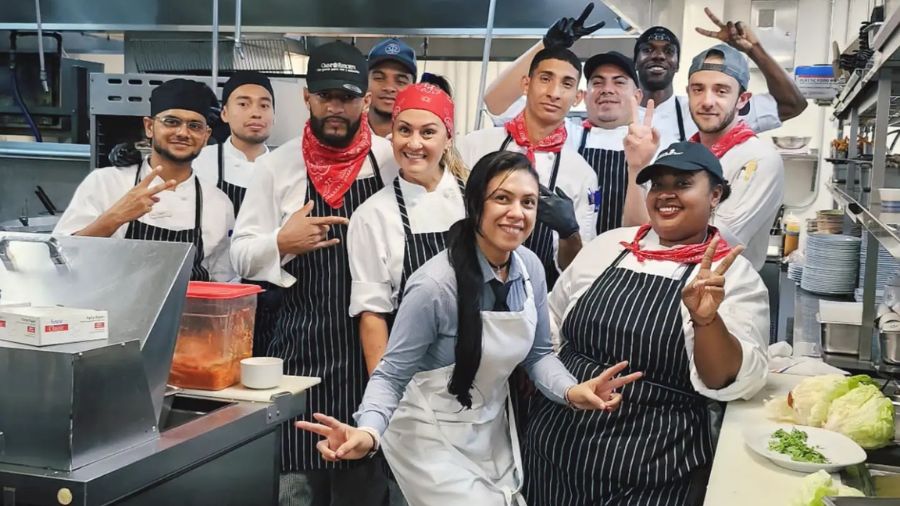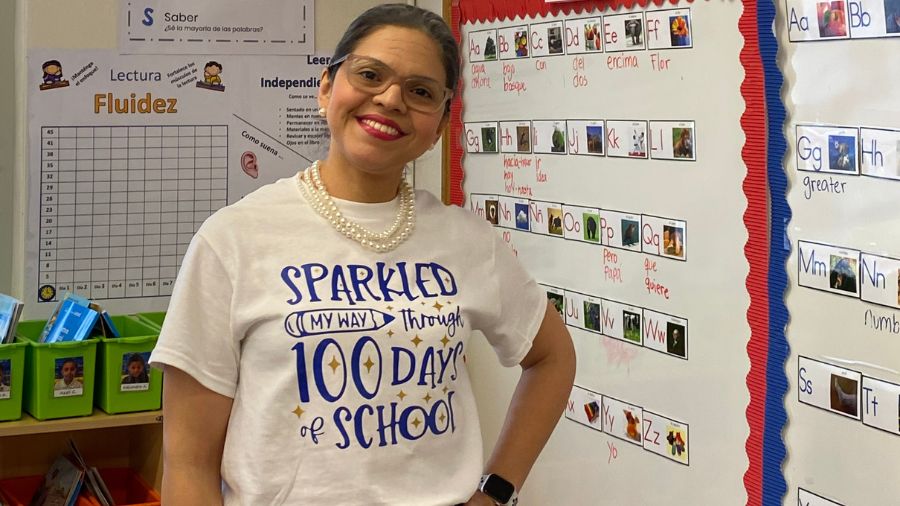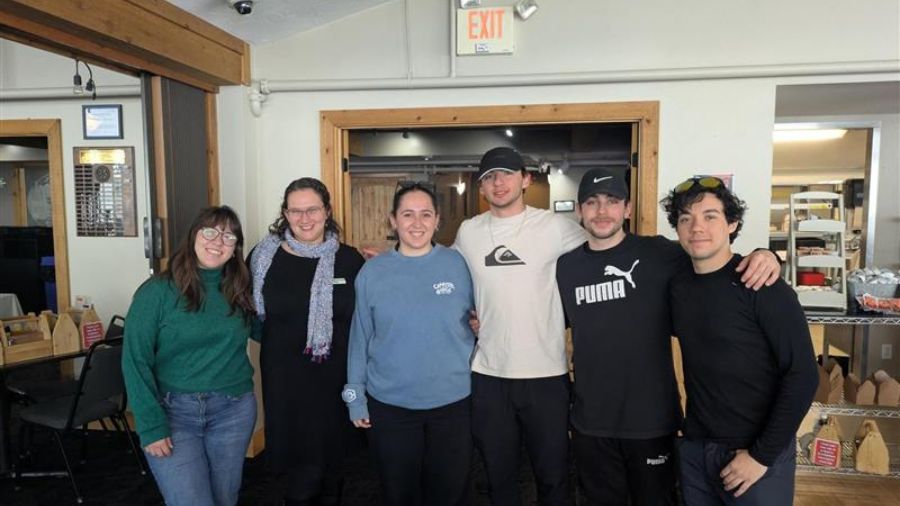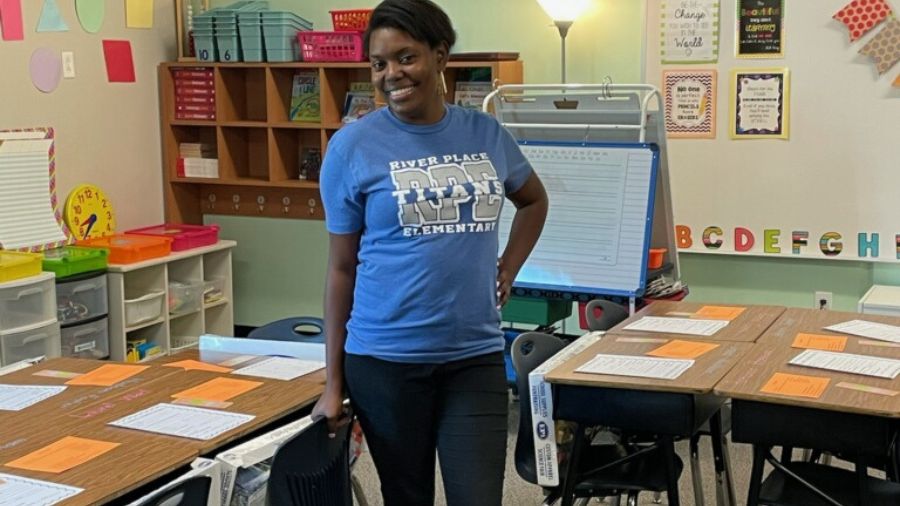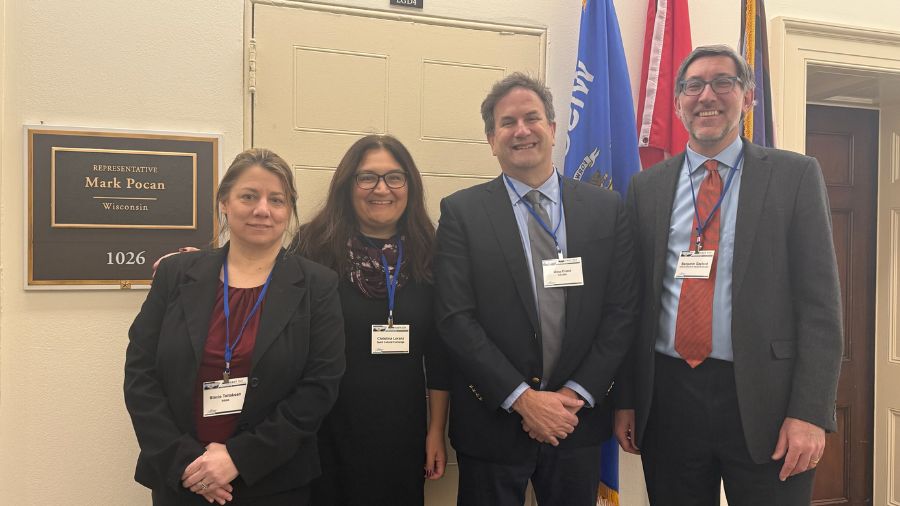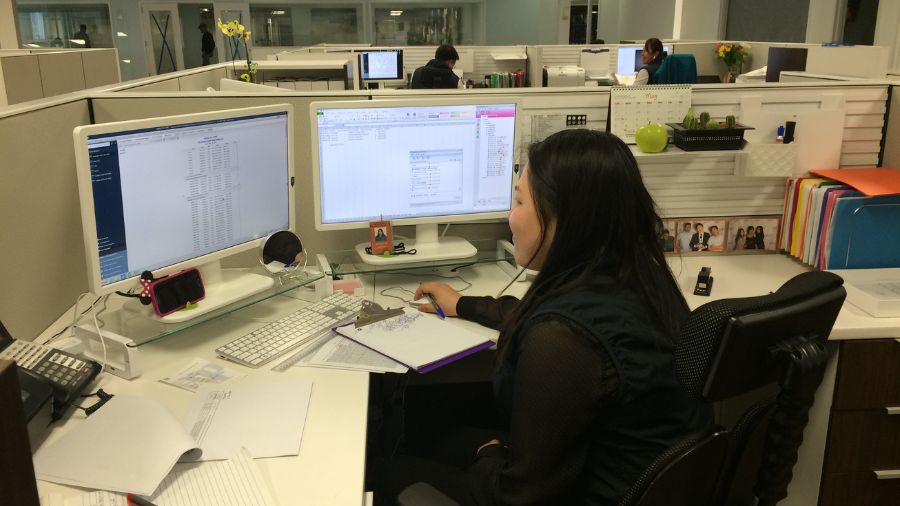J-1 Visa Programs in the United States
Do you dream about living and working in the United States while making new American friends? Experience American culture first-hand on a BridgeUSA J-1 visa program through Spirit Cultural Exchange.
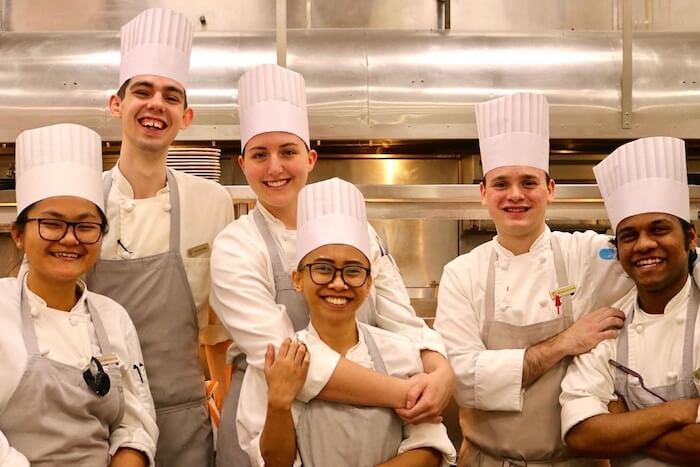
Intern or Train in the US
Gain valuable professional experience and learn new skills while training in the United States on a J-1 visa.
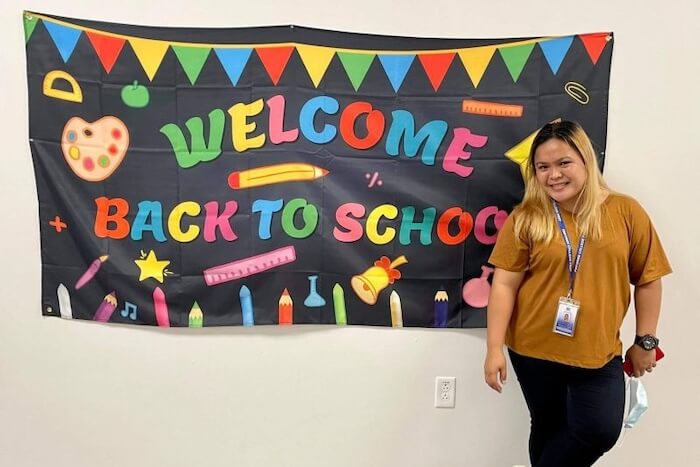
Teach School in the US
Learn how you can teach at a K-12 school in the USA for up to three years as a qualified teacher on a J-1 visa.
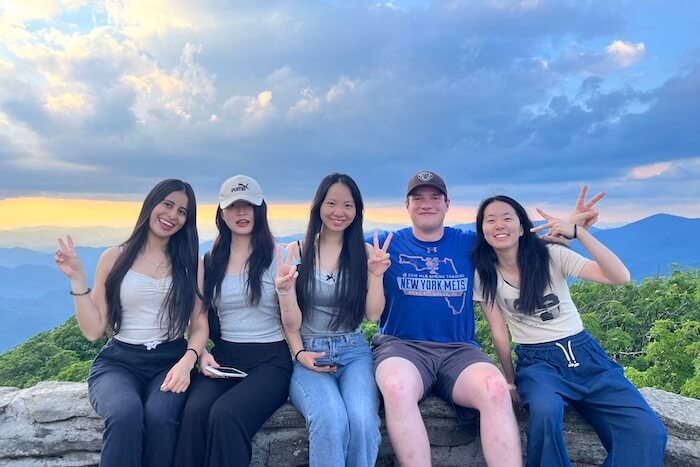
Work and Travel in the US
Get Started On Your Adventure in the US
Host J-1 Visa Participants in the United States
Spirit Cultural Exchange offers American employers and accredited K-12 schools the opportunity to host international students, young professionals and teachers through a variety of J-1 visa program options.
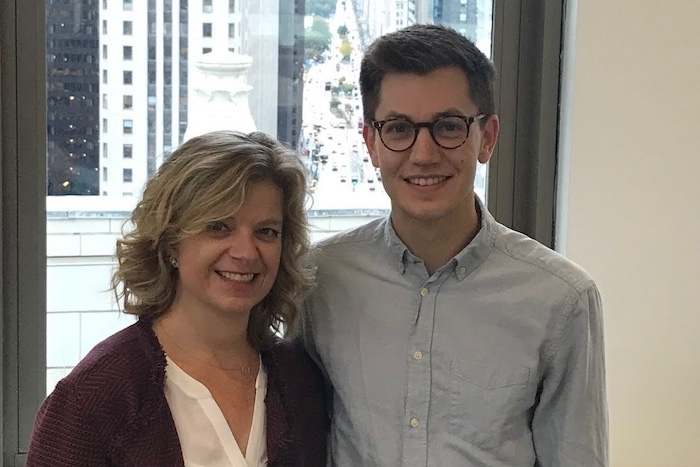
Host an Intern or Trainee
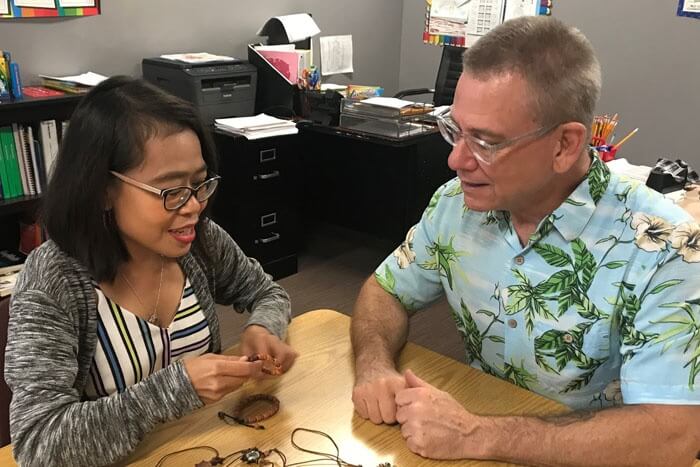
Host an Exchange Teacher
Welcome exchange teachers from all over the world to teach in your school in a variety of subjects for up to three to five years.
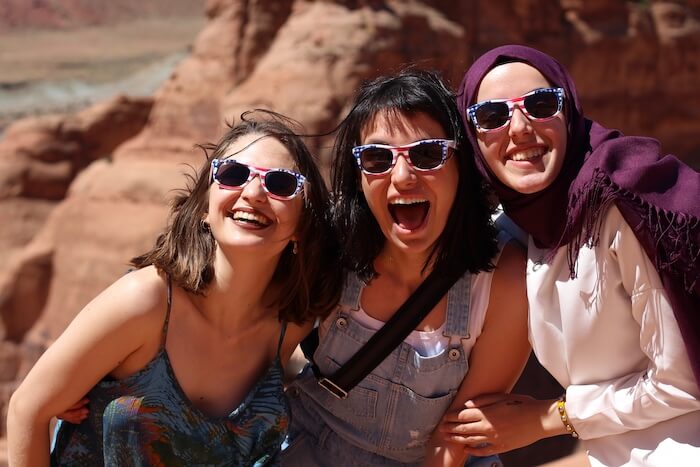
Host Work and Travel Participants
About Spirit Cultural Exchange
Spirit Cultural Exchange is designated by the United States Department of State as a BridgeUSA J-1 Visa Program Sponsor for the Work and Travel, Intern, Trainee, and Teacher Programs.
Spirit Cultural Exchange’s US based exchange programs allow you to truly immerse yourself in American culture while gaining professional experience or training in your field of expertise.
We aim to provide every participant with a life-changing cultural exchange experience, each contributing toward a global “spirit” of international peace and understanding that lasts long after the program ends.
What Our Participants Are Saying
94%
Past participants who recommend Spirit Cultural Exchange
97%
Past participants who were satisfied with their J-1 visa experience.
98%
Past participants who experienced American culture.
Featured Blogs
Moving to a new country for a cultural exchange program, internship, or teaching position is an exciting adventure. When you […]
...The BridgeUSA J-1 Visa Teacher Program is an exciting opportunity for international teachers to experience the life and culture of […]
...Last month, Spirit Cultural Exchange representative Katherine had the opportunity to visit some of our BridgeUSA winter participants on the […]
...For exchange teachers arriving in the United States through the J-1 Visa Teacher Exchange Program, adapting to a new educational […]
...This week, Spirit Cultural Exchange is in Washington, D.C., actively advocating for the future of international exchange programs. We are […]
...Starting a J-1 Internship in the United States is an exciting opportunity to gain hands-on experience, develop professional skills, and […]
...
